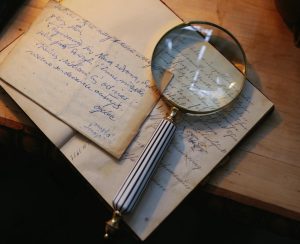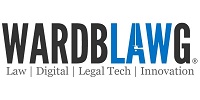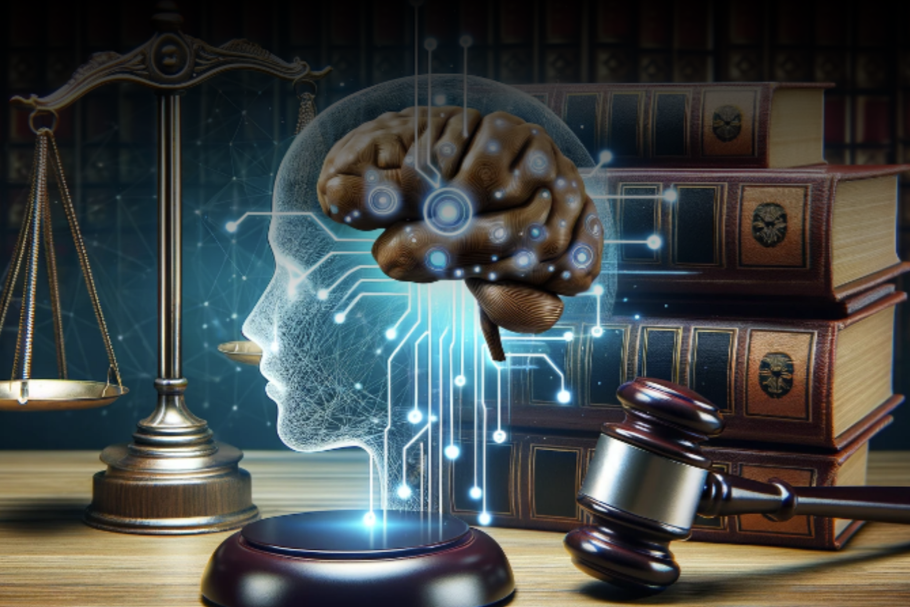 In the digital age of deepfakes and AI, a timely new guide – launched today – will help judges assess whether open-source images presented in evidence are authentic, credible and reliable.
In the digital age of deepfakes and AI, a timely new guide – launched today – will help judges assess whether open-source images presented in evidence are authentic, credible and reliable.
Open-source information has become increasingly vital in legal proceedings and fact-finding missions, in pursuit of accountability and justice. This is particularly so in the realms of human rights, humanitarian law, and international criminal law, as can be seen in the ongoing conflicts in Gaza and Ukraine.
The new guide, which has been produced by a group of legal scholars, human rights advocates, and experts in open-source investigation, seeks to demystify the complex process of evaluating digital open-source imagery.
The guide is called ‘Evaluating Digital Open Source Imagery: A Guide for Judges and Fact-Finders.’
It aims to equip judges, fact-finders and decision-makers with the necessary tools to assess the credibility, reliability, and probative value of open source evidence effectively.
It covers key issues such as authenticity verification, metadata analysis, and source validation. It provides clear definitions, practical examples, and insightful guidance, enabling users to make informed assessments and decisions when confronted with open-source evidence.
The guide will be available in multiple languages – including English, Ukrainian, Arabic, French, and Spanish – ensuring accessibility to a global audience.
It has been authored by esteemed contributors from institutions including Swansea University, Queen Mary University of London, Open Society Justice Initiative, University of California Berkeley, Mnemonic, WITNESS, University of Essex, University of Oxford, and the Hertie School Centre for Fundamental Rights.
Prof. Yvonne McDermott Rees of Swansea University, one of the co-authors of the Guide, said:
“This guide fills a crucial gap in the legal landscape. For the first time, judges and fact-finders have access to a dedicated resource that equips them with the knowledge and tools necessary to evaluate digital open source information effectively.”
Fellow co-author Dr. Daragh Murray, from Queen Mary University of London, said:
“Digital open-source information has emerged as a powerful tool in the pursuit of accountability. However, its utilisation presents unique challenges for legal professionals. This guide represents a milestone in addressing these challenges and empowering judges and fact-finders to navigate the complexities of open source evidence.”
Scheduled for release on Monday 20 May 2024, ‘Evaluating Digital Open-Source Imagery: A Guide for Judges and Fact-Finders’ represents a pivotal advancement in the field of legal practice and human rights advocacy.
Translation and production was funded by Swansea University’s ESRC Impact Acceleration Account and the TRUE project at Swansea University, funded by UKRI Frontier Research Grant EP/X016021/1.
The work was also supported by the Institute for Humanities and Social Sciences (IHSS) at Queen Mary University of London; the Centre for Fundamental Rights at the Hertie School, Berlin, and the Digital Verification Unit at the University of Essex.


